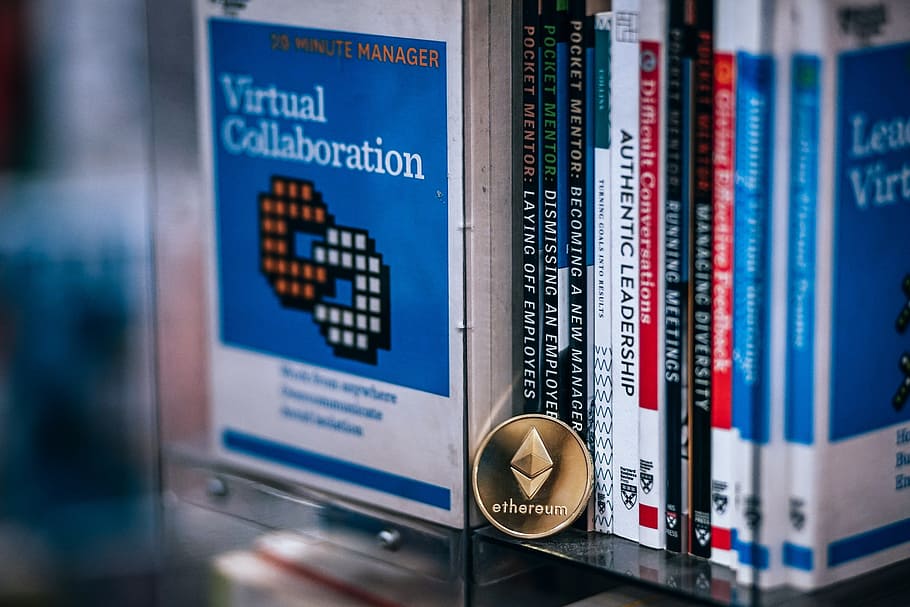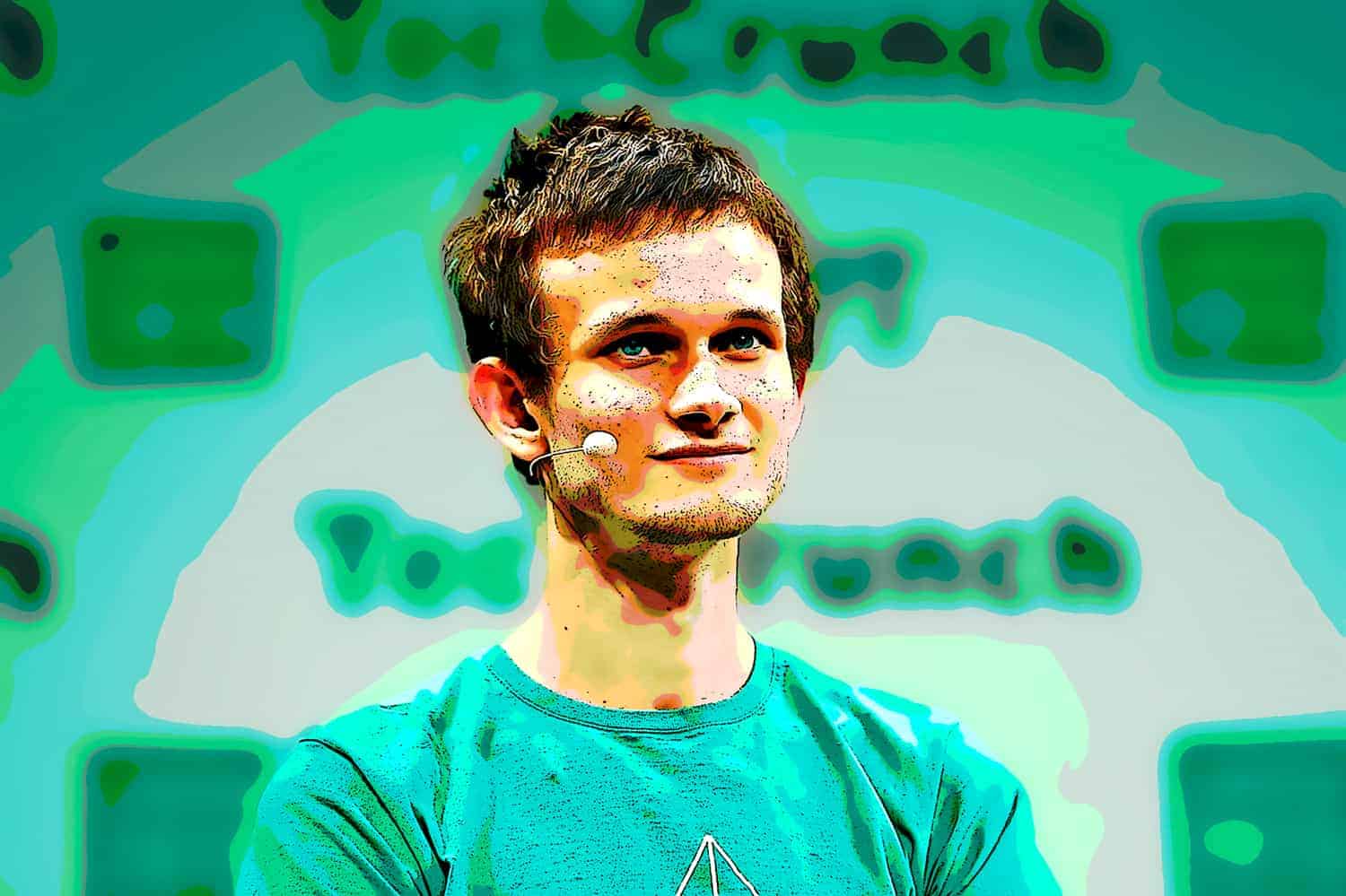In 2013, Vitalik Buterin released the Ethereum Whitepaper, describing a “Next-Generation Smart Contract and Decentralized Application Platform” that was also termed a “world computer.” A year later, US$18.4 million was raised by Buterin in an ICO, and by January 2018 the market cap of Ethereum climbed to a staggering $100 billion. This meteoric rise has as much to do with philosophy as it does with technology. Ethereum has captured the imagination of an emerging class of crypto-natives, looking to redistribute power away from centralized organizations. The platform became the driving force behind this shift by facilitating new business models and hosting previously impossible and hugely disruptive peer-to-peer applications. As Ethereum prepares to upgrade to a radically new technical structure, it is worth reflecting on what has made Ethereum so successful over the last five years and what might make it successful in the next five years.

Today, the vast majority of developer and user mindshare in the blockchain ecosystem is focused on Ethereum. According to Consensys, there are over 200,000 active Ethereum developers and the platform has 4x more developers than any other crypto ecosystem. This success in capturing attention can, to a large degree, be put down to first-mover advantage and the compounding effects of smart contract “composability.” However, the enthusiasm that engulfs this group is more a product of the mission that drives Buterin, Ethereum’s charismatic founder, and the project’s core engineers. The builders of Ethereum are less interested in the financial upside of the project than they are in the scientific significance of their creation. This purity of intent has fostered a loyal user base.
While Bitcoin is the grandfather of cryptocurrency, the protocol remains limited in its functionality. Users can send bitcoin to each other, but there is little else they can do. For developers, building applications on top of the Bitcoin protocol is difficult, which became a key motivation for the creation of Ethereum. Ethereum became the first platform that offered a “Turing-complete programming language” for app developers to build on. Put simply, developers are able to write any code that they choose and can deploy applications on Ethereum in a way that cannot be done on Bitcoin. As an analogy, Bitcoin is like an early Nokia flip phone that only makes calls, while Ethereum is the first smartphone that can host third party apps.
Ethereum’s first-mover advantage, coupled with an enigmatic cast of founders, attracted the first wave of technologists and engineers. The founding team had a deep belief in the novel system they were building and their enthusiasm excited early adopters with the promise of smart contracts. Early users of the platform envisioned a decentralized world, underpinned by Ethereum, that would do away with rent-seeking middlemen. Why have banks, when we can store our own money and have peer-to-peer lending and borrowing? Why pay a portion of earnings to Uber, when a driver can connect directly to a passenger over Ethereum?
Unlike on Bitcoin, less experienced engineers were able to create basic smart contracts on Ethereum and contribute to the ecosystem. These Ethereum believers became even more fanatical about the platform as their ether wallets ballooned in value (ether was priced at around US$ 0.30 in the ICO, and by early 2018 it was worth over $1,000). And yet, as the founders became fabulously wealthy, the sense of mission over wealth remained uniquely with Ethereum, adding to the philosophical allure of what was being created.

While first-mover advantage and early price success seeded the Ethereum ecosystem with engineers, it was the “composability” of smart contracts that created a network effect. Composability refers to the idea that existing contracts and applications can be combined like Lego blocks to make new formations and bring new ideas to life. For example, MakerDao created a USD-pegged stablecoin called Dai. This Dai is used in numerous Ethereum applications, such as Compound and Aave. Compound and Aave are then themselves used as building blocks in applications like Yearn, an aggregator of interest earning opportunities. Each Lego block that is created in Ethereum becomes another block for developers to use in their applications, strengthening the attraction that Ethereum has on new developers coming to the space.
In its first five years of existence, Ethereum has birthed and popularized a number of concepts that have defined the direction of the blockchain ecosystem. The 2017 bull market was a product of initial coin offerings (ICOs), an exciting new form of peer-to-peer fundraising made easy by Ethereum. Near the ICO peak, a new token standard (ERC-721) became hugely popular through its use in CrytopKitties, a digital trading game for virtual cats. This token standard allows for the creation of “non-fungible tokens” (NFTs) that can represent ownership over unique physical or digital assets. NFTs are growing in popularity and are being used in gaming apps and experimental digital art markets.
More recently, Ethereum has become a hotbed of activity in decentralized financed (DeFi). This movement is focused on recreating the financial system in a way that removes centralized middlemen and replaces them with peer-to-peer transactions for payments, trading, loans and other use cases. While DeFi has been in the making for a number of years, its usage has taken off in 2020 with an incredible US$4 billion now locked in DeFi contracts on Ethereum, up from US$1 billion only two months ago. This explosive growth looks set to continue, with DeFi applications being created at a terrifying pace.
As with all emerging technologies, there are pain points to overcome. For Ethereum, the primary bottleneck has been transaction throughput. Transactions processed over the network must be agreed upon by thousands of miners distributed around the world. The “consensus mechanism” used by Ethereum is slow, with only 14 transactions processed per second. For Ethereum to be the “world computer” that was envisioned back in 2014, it needs to upgrade its inner workings. This is where Ethereum 2.0 comes in, providing a radical improvement to the platform’s underlying technology.
See related article: What is Proof of Stake?
Ethereum stands at a pivotal moment. It has enjoyed a wildly successful first five years of life, capitalizing on first-mover advantage, rewarding early participants, building a compelling network effect and exciting the community through its mission-driven leadership. To keep the party going and the party-goers happy, Ethereum now needs to rewire itself. In essence, it needs to morph from an early iteration of a smartphone (a Blackberry) into the iPhone.
Five years from now, commentators will look back at this moment as the time that Ethereum either lost its lead to fast-moving competitors or solidified its position as the world computer. Given its fanatical user base and philosophical drive, a successful and timely upgrade is likely to see Ethereum maintain its place at the front of the pack.




